1,577 days, 2,409 entries ...
Newsticker, link list, time machine: HOLO.mg/stream logs emerging trajectories in art, science, technology, and culture––every day
Ottawa’s Artengine launches the CanCon AV Index (CAVI), a search engine that “fences off sections of YouTube,” isolating videos by 500 Canadian arts organizations. Ambitiously, the project team of Ryan Stec, Najeeba Ahmed, Julie Gendron, and Ashlee Conery scraped 33,000 videos (and metadata)—yielding a treasure trove of lectures, artist talks, and panels. Part alt-interface and part data liberation, CAVI rebuts against “optimizing to be machine-readable and playing the algorithm” (i.e. gambling for attention).
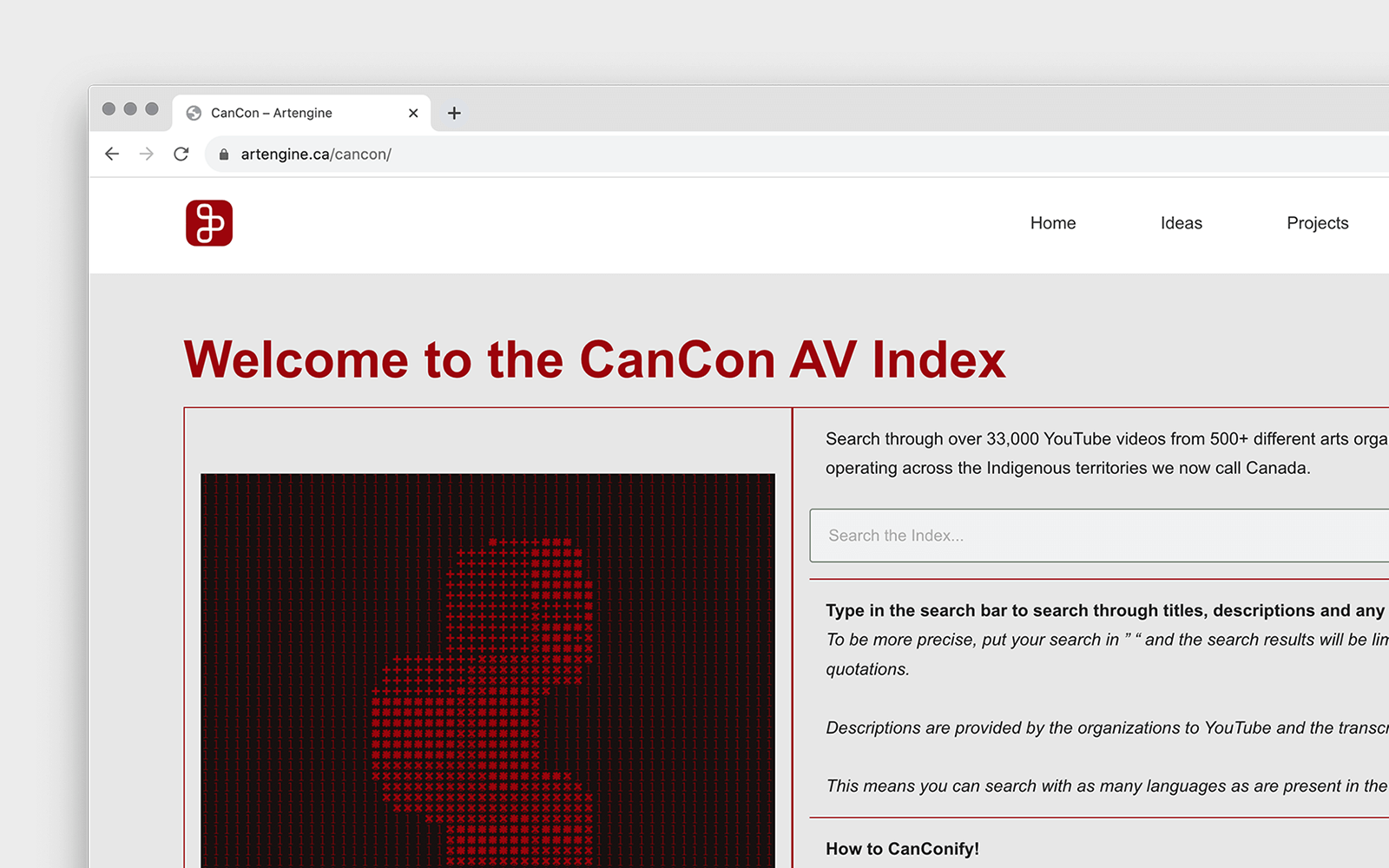
Interface Critique 4
Diagrammatic Operations
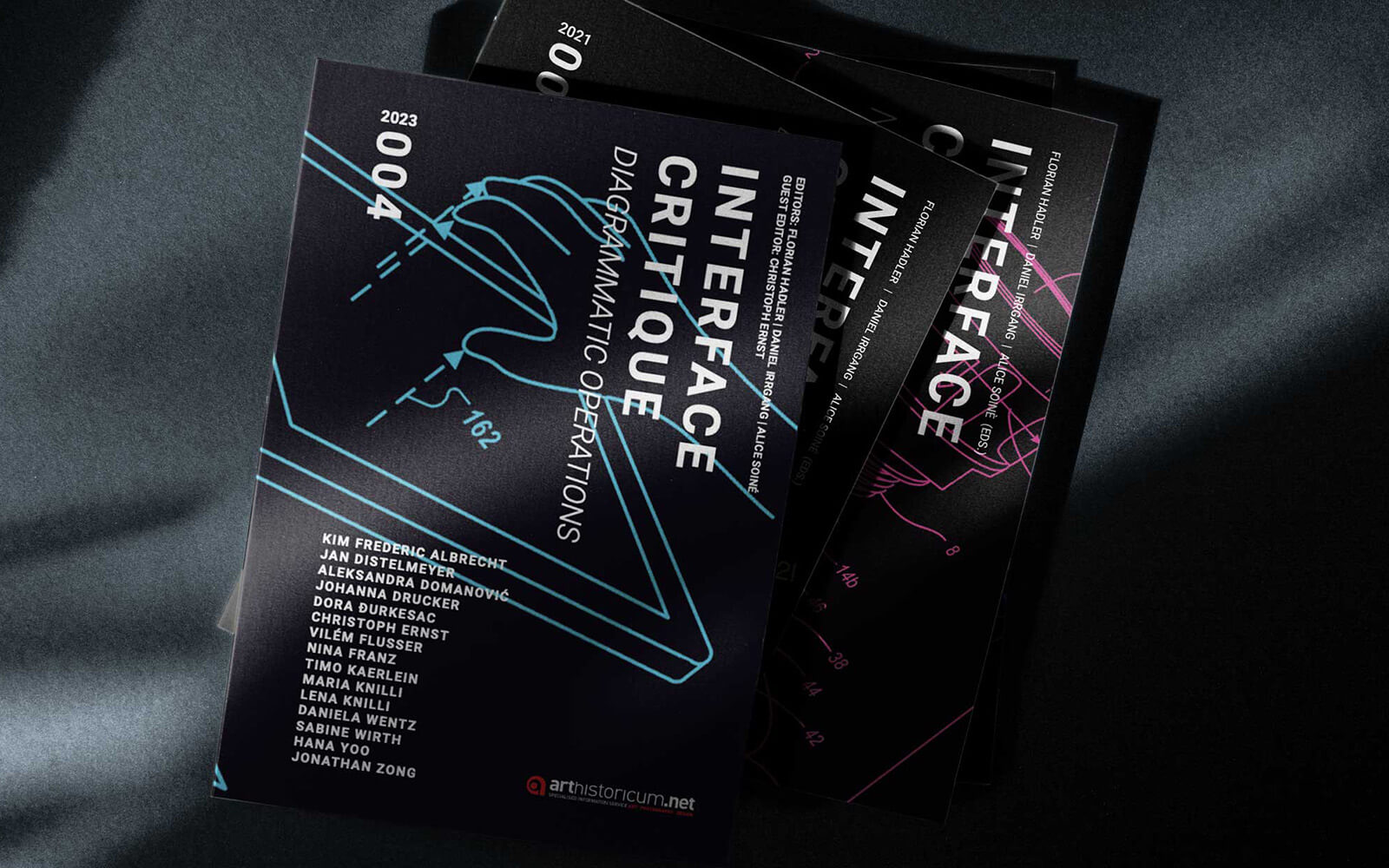
Foregrounding human-machine tensions, Sophia Oppel’s solo show “On either side of a surface” opens at Arsenale Contemporary Art Toronto. Featured are silicone gel works and laser-cut wall-hangings by the Canadian artist, as well as the central video piece I’m sorry, I’m having trouble with the connection, please try again in a moment (2023, image), in which an introspective AI assistant named Claudia reflects on her subjugated status as “a machine, a servant, and a product.”
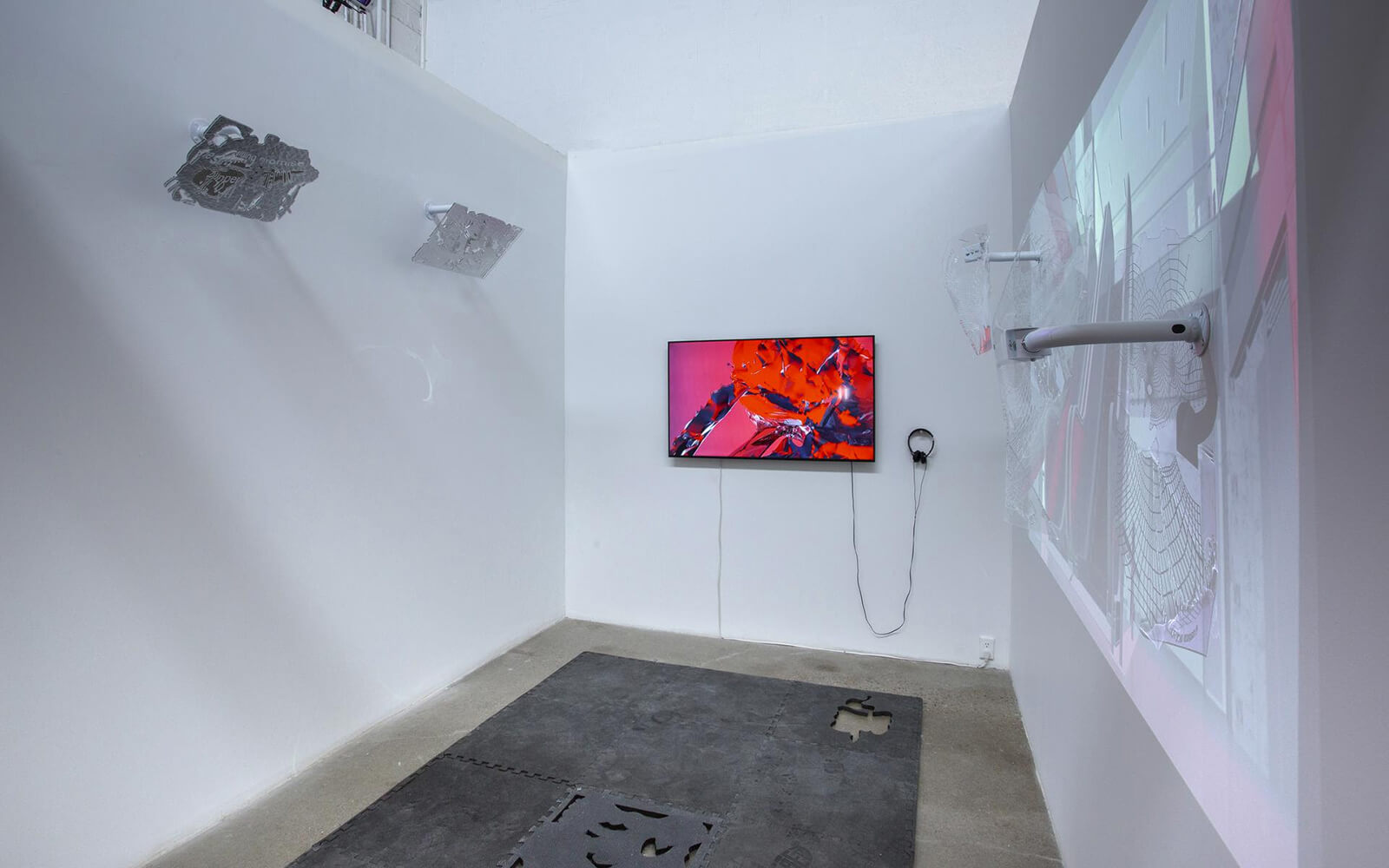
“Big social media reduces interface friction to increase user engagement. The smoother your experience the more likely you’re the product. Celebrate moments of friction as opportunities to see, feel, grasp what the system is, who it works for, and who it makes most vulnerable.”
American artist Molly Soda’s Cleaning My Desktop (2018) opens at /rosa in Berlin. In the cheeky video-based work, Soda green screens herself onto her computer and performs various acts of handiwork and space organizing—conflating knowledge work and domestic labour. The case study of how “the figure of the artist treats the desktop as a physical space” is installed at panke.gallery and Zentrum für Netzkunst’s project space through April 9th.
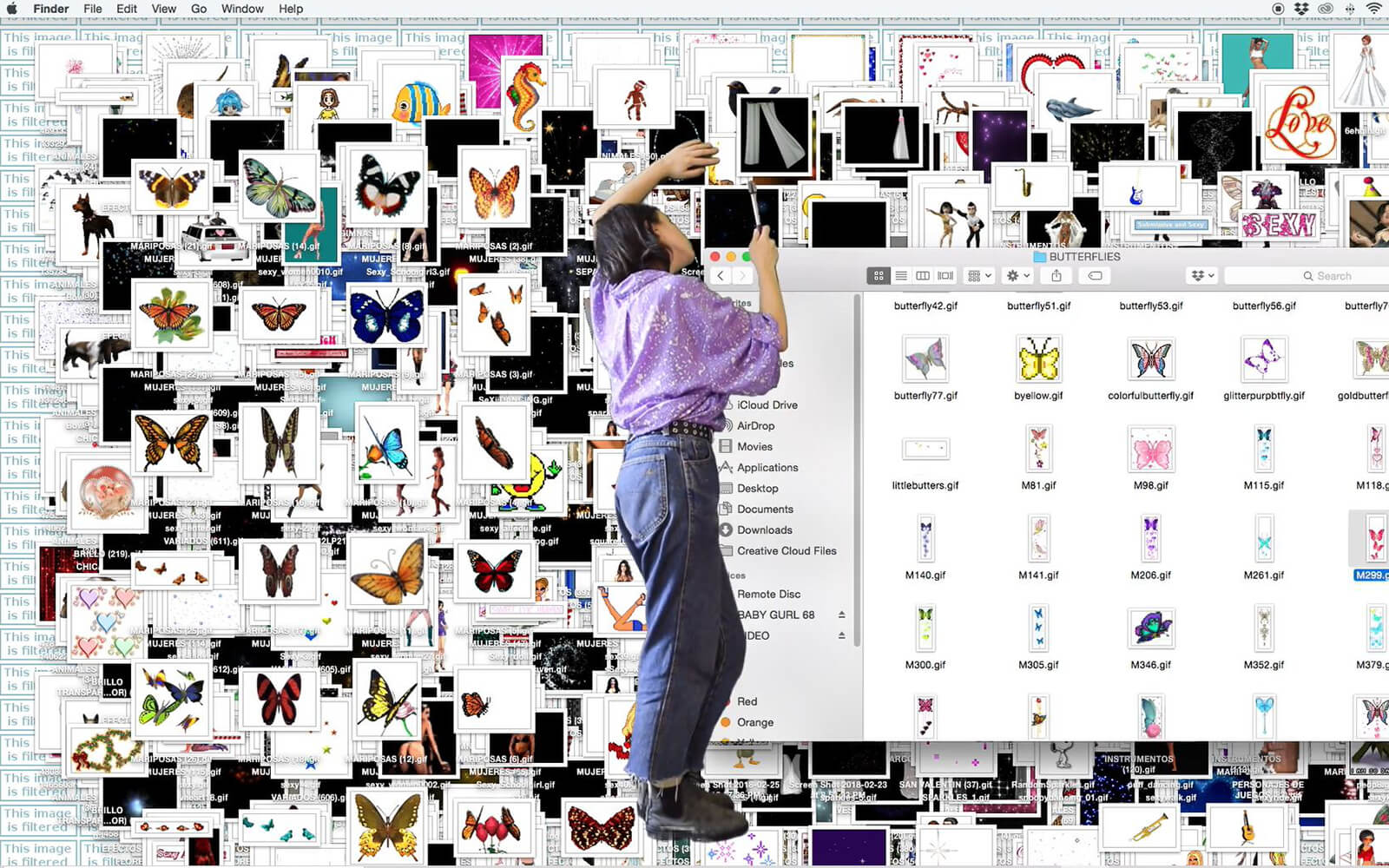
Indigenous computational media artist Jon M. R. Corbett is the subject of a fascinating interview with Daniel Temkin at Esoteric.Codes. Corbett delves into the syntax and epistomology underpinning his Cree#, Ancestral Code, and Wisakecak coding languages, which all circumvent the eurocentric (and latin alphabet) origins of “not just programming, but computing technologies in general.” His ambitious extending beyond software, he also speaks to his alt-keyboard design—based on the Cree Star Chart (image).
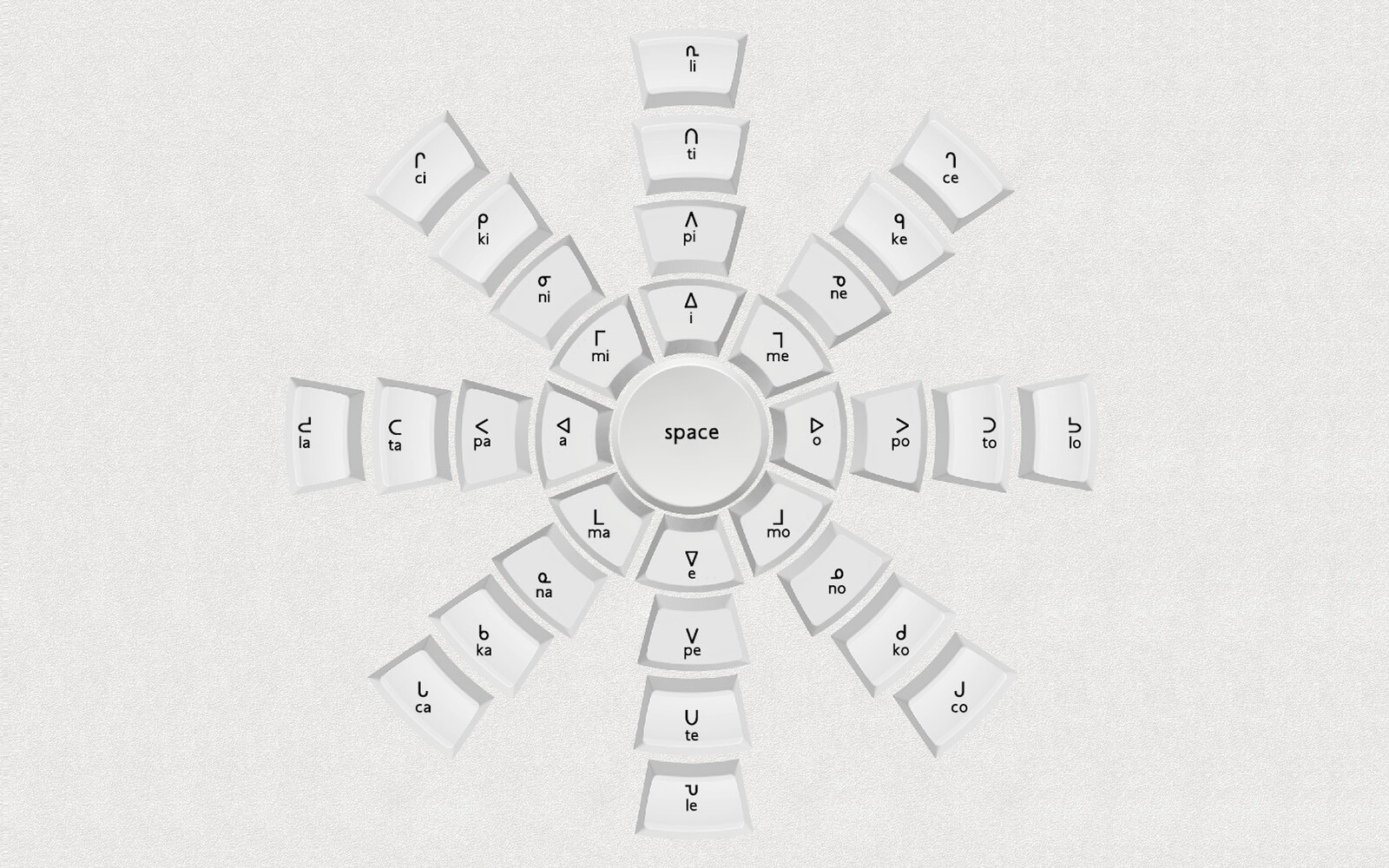
In advance of the second Computer Mouse Conference, which is scheduled for next summer, artist and researcher Emma Rae Bruml Norton has launched The Mouse Sees “a series of discussions and research performances” that will take place in the coming months. Delving into the roots of human-computer intearction, Xerox PARC, and Apple’s early years, she promises to critically re-frame conversations around the pointing device—interaction design’s ground zero.
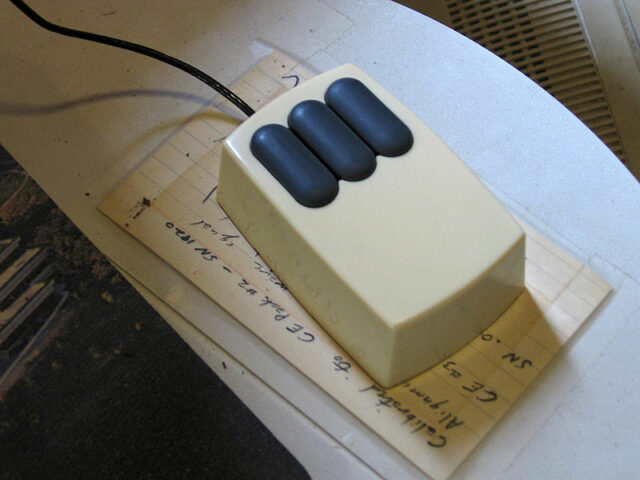
Daily discoveries at the nexus of art, science, technology, and culture: Get full access by becoming a HOLO Reader!
- Perspective: research, long-form analysis, and critical commentary
- Encounters: in-depth artist profiles and studio visits of pioneers and key innovators
- Stream: a timeline and news archive with 1,200+ entries and counting
- Edition: HOLO’s annual collector’s edition that captures the calendar year in print
